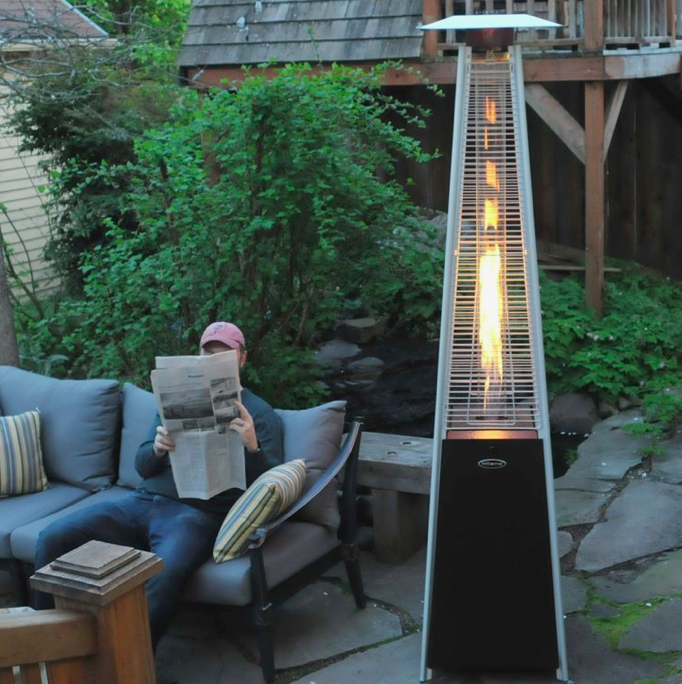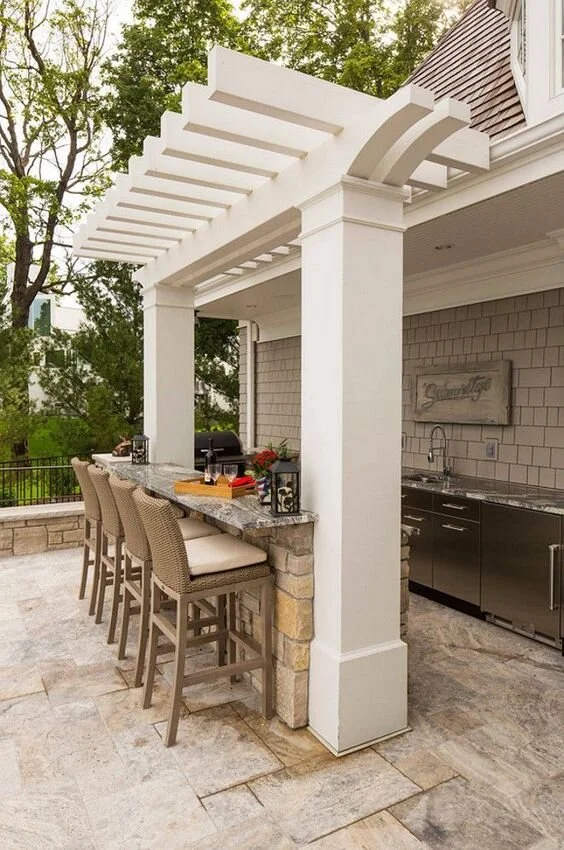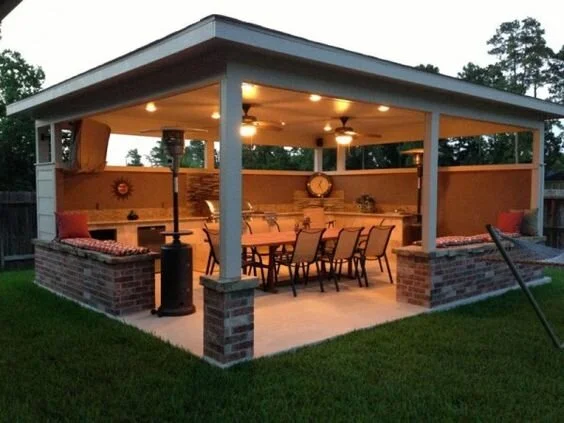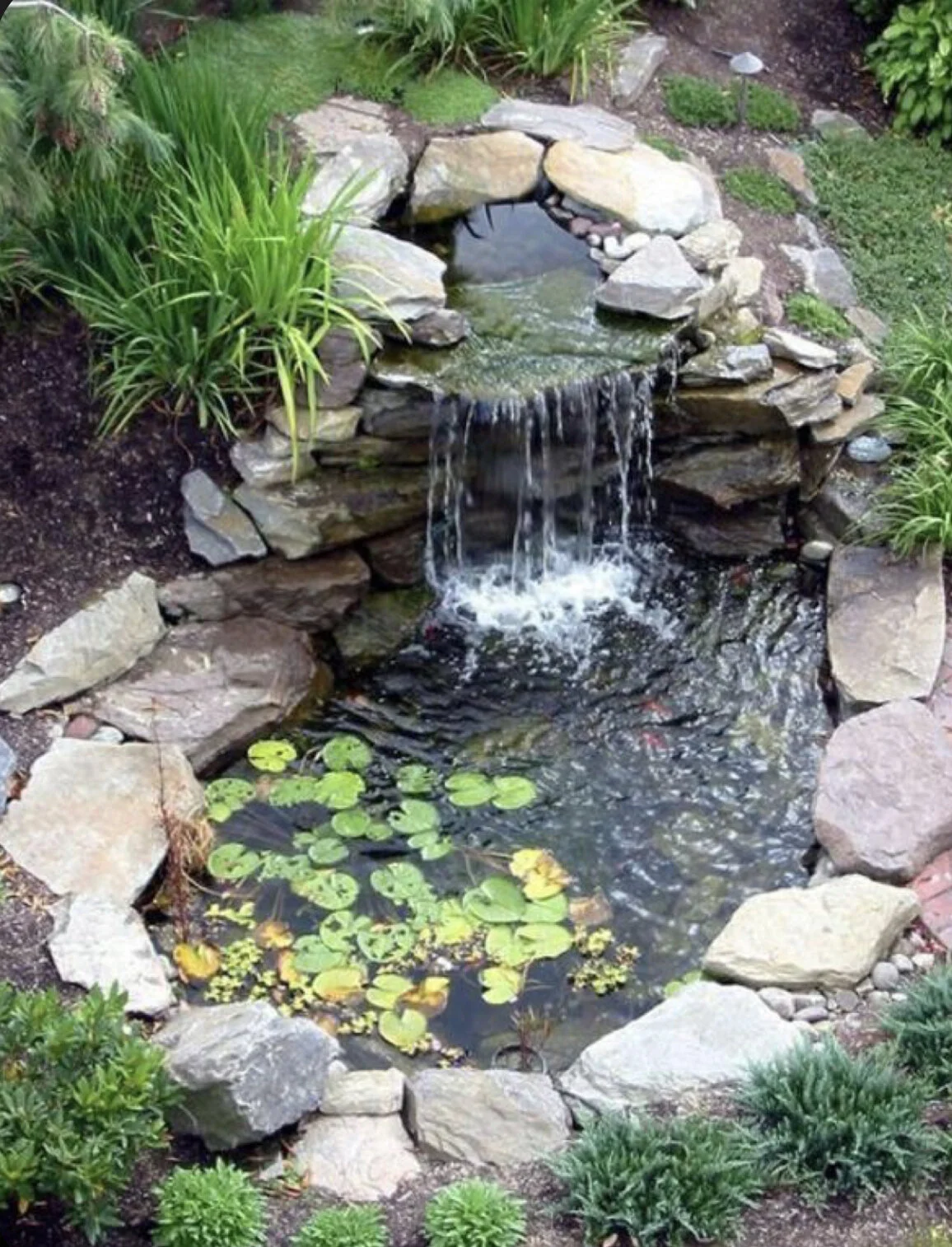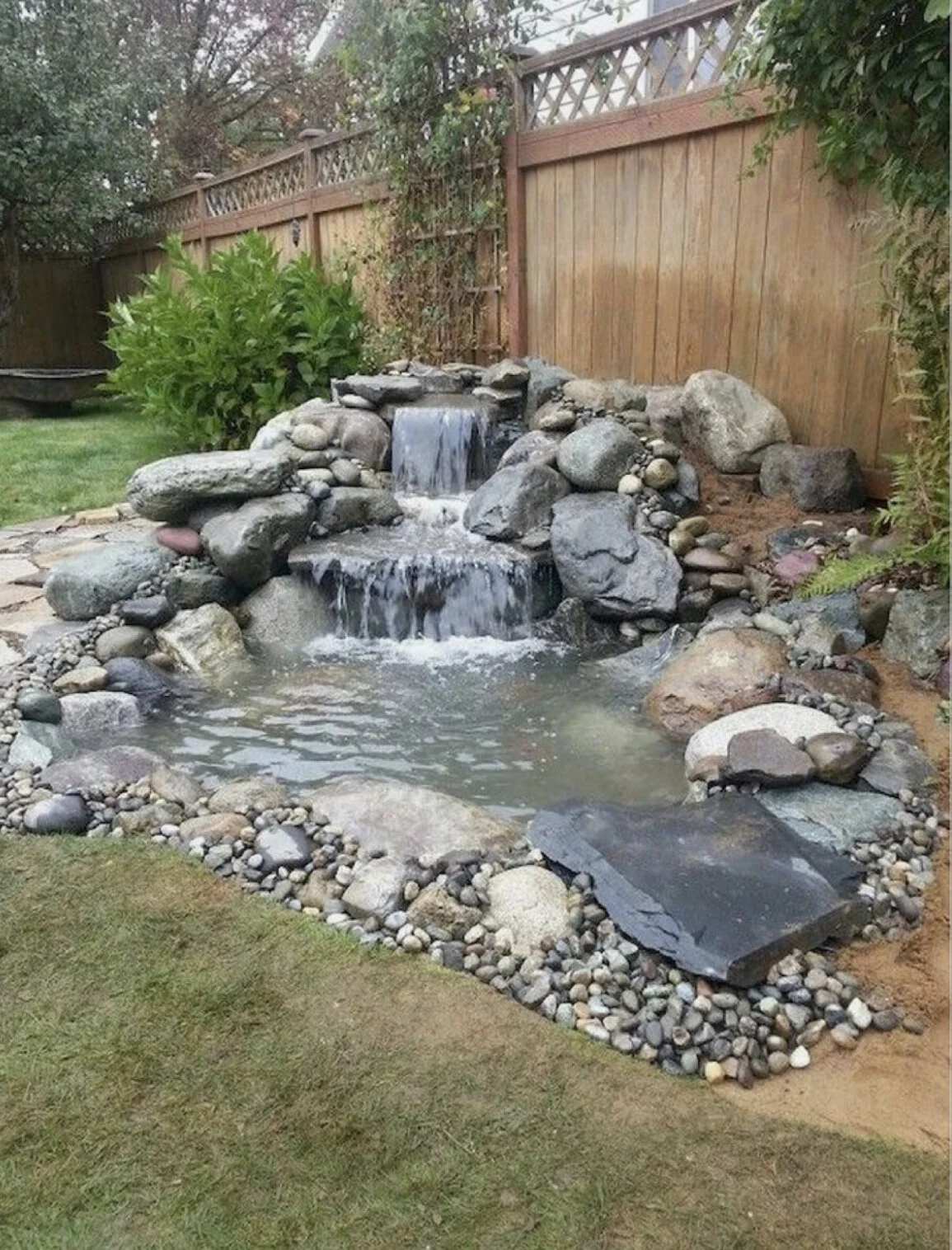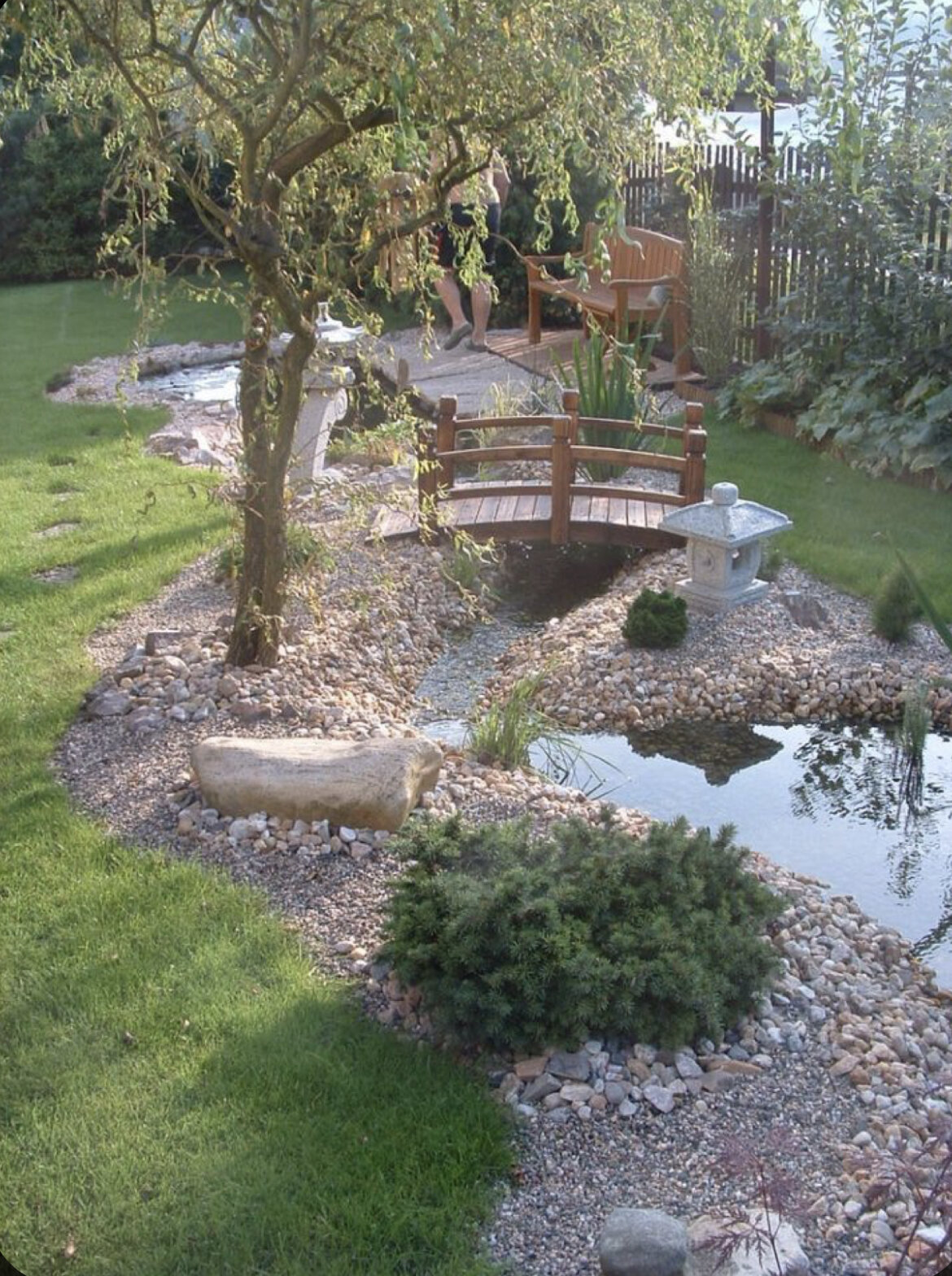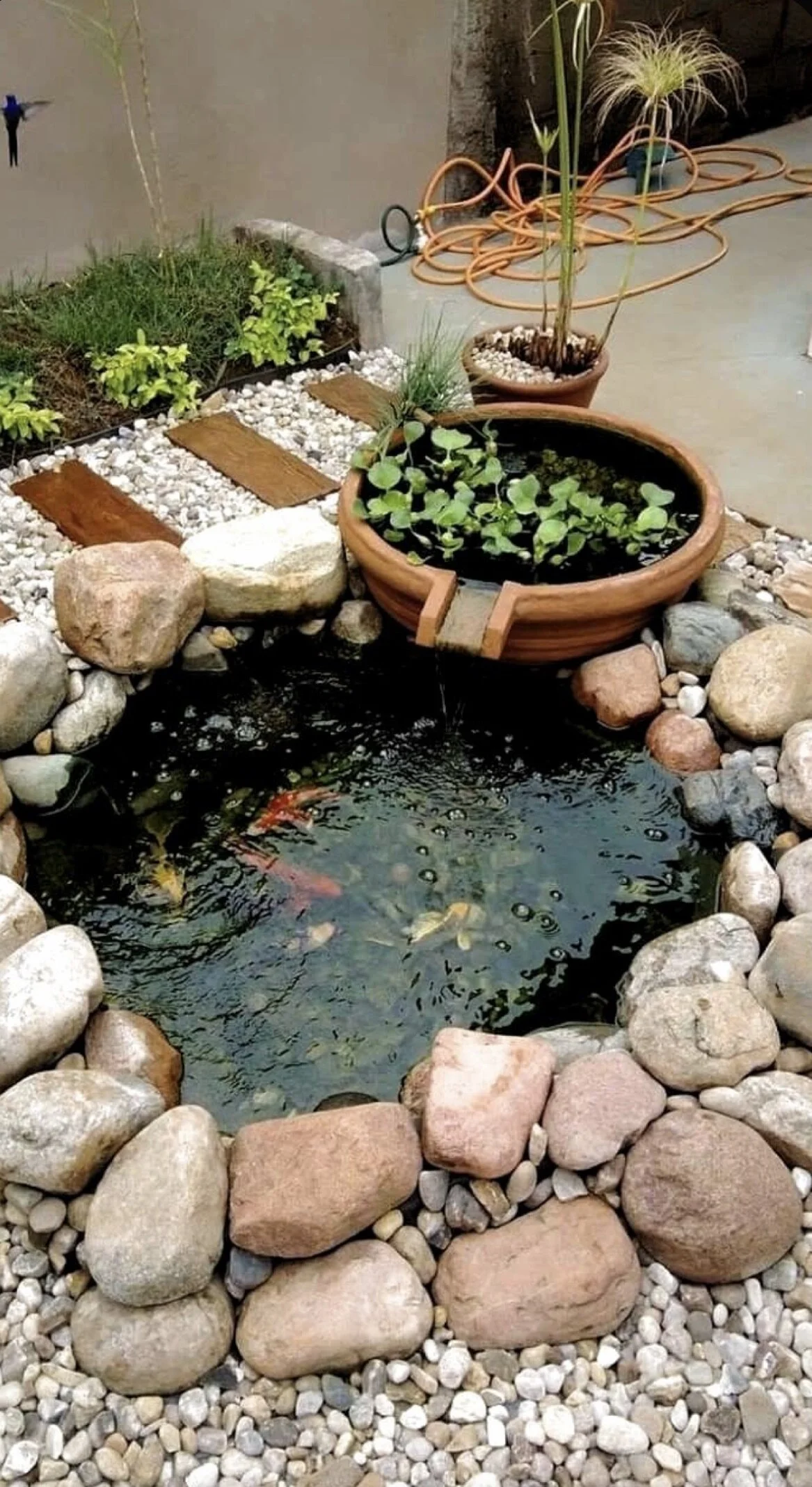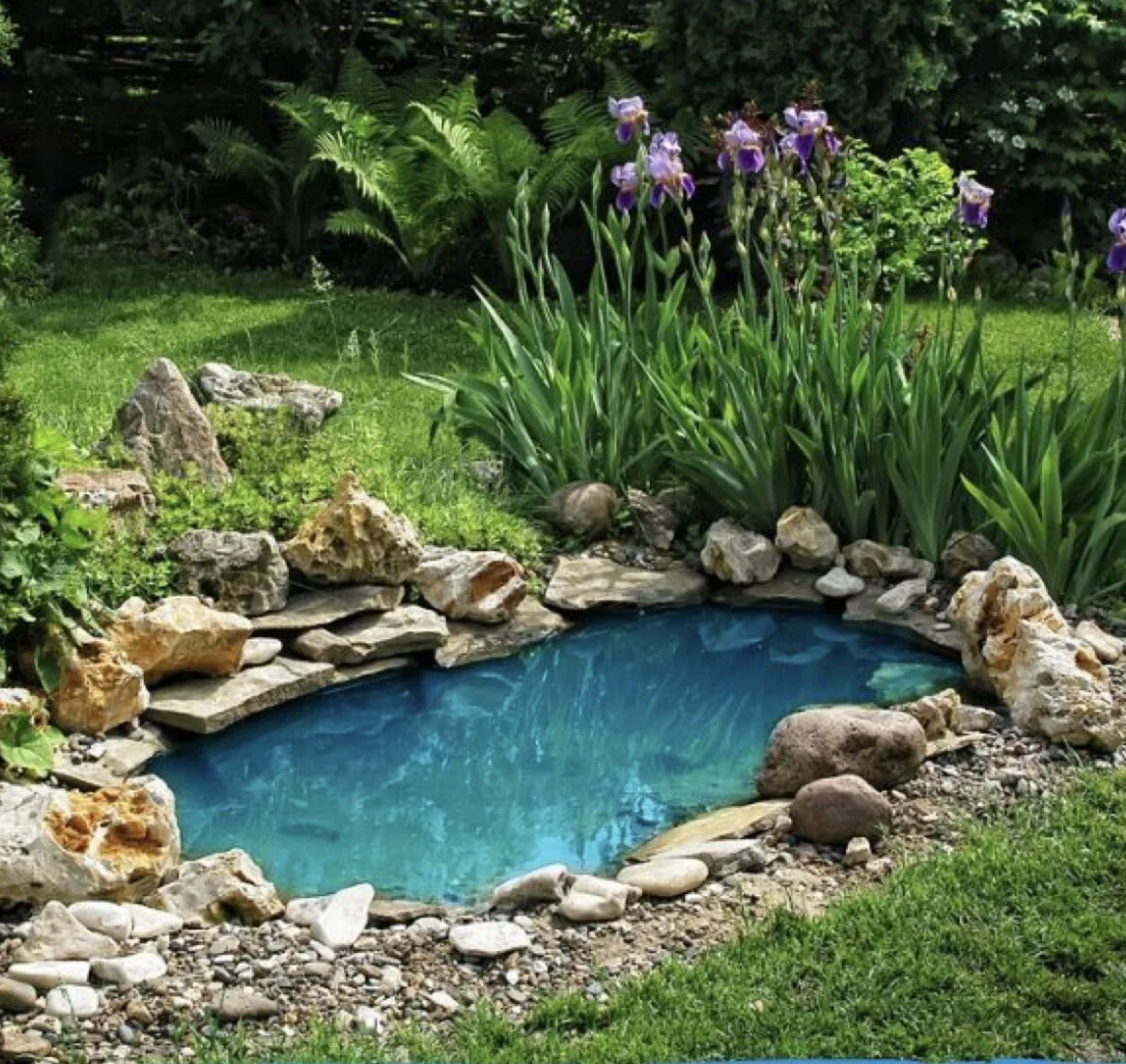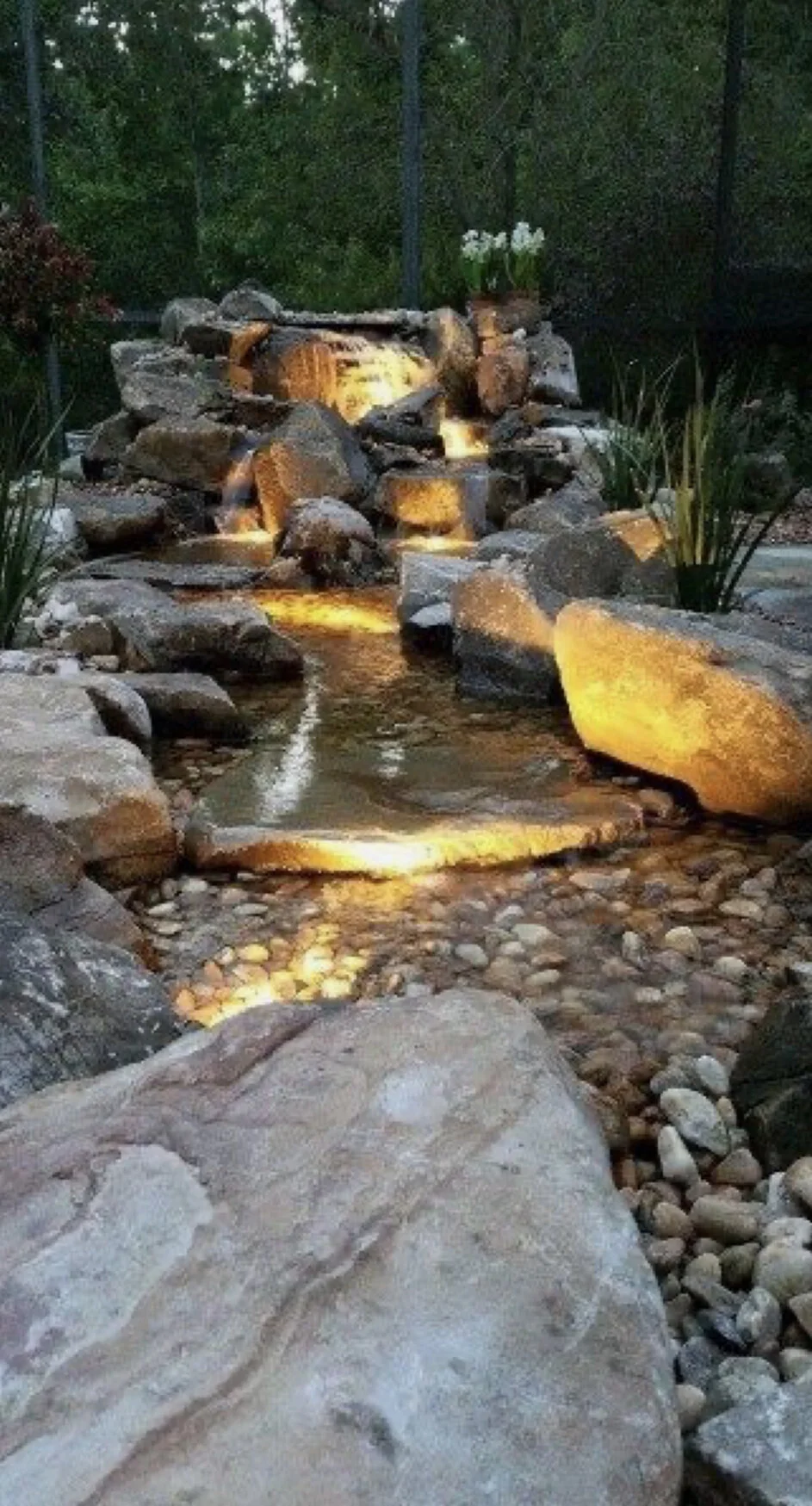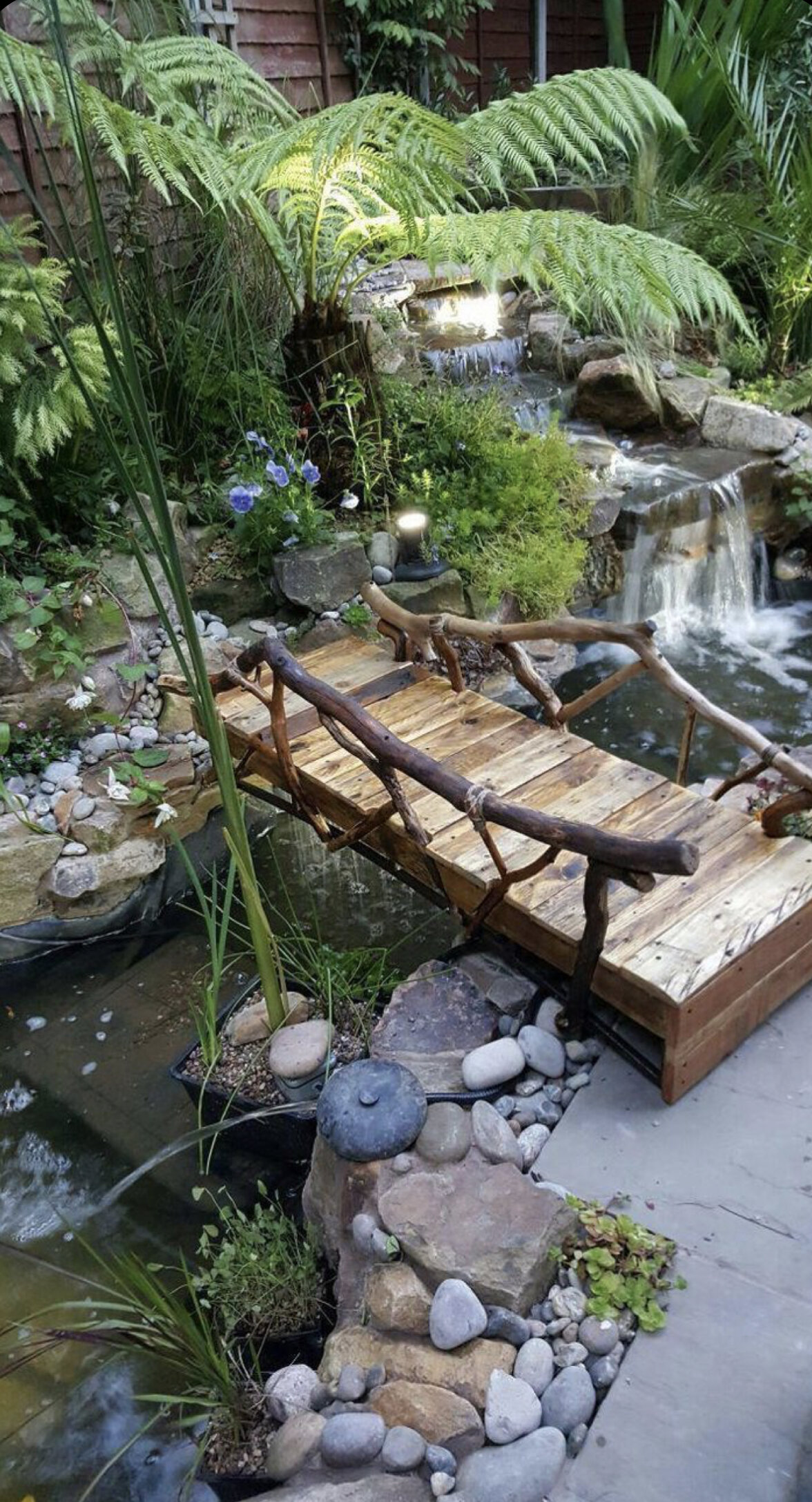Top plumbing repairs that shouldn’t be ignored
RH Business Marketing Solutions
Top plumbing repairs that shouldn’t be ignored
Our lives are hectic. In between the hustle-and-bustle of dropping the kids off at soccer practice, getting groceries, going to work, and finding time for relaxation every now and then, it’s easy for home maintenance to get pushed to the proverbial backburner. However, when your home is faced with urgent plumbing repairs, the issue may not be able to wait. Here are the major plumbing issues that require fast action on your part.
Sewer line issues
Just mentioning the words “sewer backup” to any long-time homeowners is probably enough to give them the shivers. Sewer line issues are among the most expensive and messy of plumbing disasters. The key to avoiding a sewer backup and an incredible amount of damage to your home is taking quick action at the first sign of a problem. So, just what do you need to look out for?
Sewer line clogs are most commonly caused by organic (grease, oil, eggshells, flour, coffee grounds, and more) and non-organic (sanitary products, “flushable” wipes, trash) waste that is put down the kitchen sink or toilet and becomes trapped deep in the line, forming a partial clog. Eventually, with enough time, this will fully clog the line, preventing wastewater from exiting your home into the municipal sewer or your septic system. The telltale sign of a sewer line clog is all of your sinks, drains, and toilets clogging at once. When this happens, immediately turn off the water supply to your home and call a plumber for emergency service.
Sewer line cracks and leaks also represent a potential problem. As the ground shifts around your line or tree roots burrow around it, parts of the line can crack or separate, leading to a leak. On the surface, you’ll probably notice a perpetually wet spot in your yard and smell the problem when above it. This is your time to call a plumber. Unfortunately, a sewer line leak isn’t going to resolve itself, and a leak can attract nearby tree roots, making the problem much worse.
Frozen pipes
On the coldest of winter nights, your home’s pipes are at risk of freezing. In cities throughout the Midwest and Northeast, plumbers get thousands of calls every winter about frozen pipes. There are two common, yet untrue, myths about frozen pipes. The first is that do-it-yourself thawing tricks, such as using a hairdryer, can safely and effectively thaw out a pipe—this can actually damage the pipe and increase the risk of a burst. The second is that homeowners can just ignore the frozen pipe, as it will eventually thaw out. This is also untrue.
First, consider what happens when the water in a pipe freezes. As anyone who has left a can of soda pop in the freezer too long can tell you, liquids expand as they freeze, occupying more space than they once did. When the water in your pipes freezes, it, too, expands, putting immense pressure on the interior walls of the pipe. A pipe burst is what happens when the pipe walls can no longer take the pressure. This pressure is cumulative, so just letting frozen pipes stay frozen and procrastinating means you could be flirting with disaster.
Most frozen pipe incidents occur when the property’s furnace stops working: that’s what allows indoor conditions to get cold enough for pipes in exterior walls to reach the freezing point. If your frozen pipe issue is accompanied by a malfunctioning furnace, you can’t expect your pipes to thaw out on their own anytime soon.
Water heater problems
Tucked away in your garage, utility closet, or basement, it’s all-too-easy to ignore your water heater. Yet, as water heaters age, they generally start to show signs of trouble that can serve as the proverbial “canary in the coal mine” for a disastrous tank burst.
Standard water heaters contain an important component—the sacrificial anode rod—which draws corrosion away from the tank walls. Once this rod has been eaten through, however, that corrosion will start to attack the tank itself. This can weaken it. Just like in the frozen pipes scenario, your water heater is under pressure. Under normal conditions, the tank is more than built to handle this sustained pressure. In a corroded and weakened state, however, it will have issues.
Typically, this begins with water leaks, as small fractures in the tank shell allow water to escape the tank and start pooling under the system. If you notice water gathering around the bottom of your older water heater, that’s as good a sign as any that you need to call in a plumber right away. Left untreated, these fractures will continue to expand and multiply as the shell weakens. Eventually, the tank could burst open, flooding your basement, closet, or garage with water.
Old age comes for everything—including your water heater. If yours is more than 10-15 years old, keep an eye on it and don’t wait to call a plumber at the first sign of any trouble.
Be proactive and take care of your home
One of the main things that separates happy homeowners from stressed-out ones is proper home maintenance, upkeep, and proactive action. When it comes to your home’s plumbing—and, for that matter, many other aspects of your home—procrastination and delay are the enemy, and only increase the risk of something disastrous happening. When in doubt, bring in a plumber: as the old saying goes, it’s better to be safe than sorry.
If you’re looking for even more great tips for maintaining your home—including your pipes, HVAC systems, roof, and more—check out this infographic .It’s your guide to other home repairs that you should never ignore.
Guest Contributor: Amanda L







